What is Predictive Maintenance?
In the fast-paced world of the fleet industry, staying ahead means more than just efficient logistics and timely deliveries. It’s about maximizing uptime, minimizing costs, and ensuring the safety of both drivers and cargo. This is where predictive maintenance steps in as a game-changer. Gone are the days of reactive maintenance, where vehicles were fixed only after breakdowns occurred, leading to costly repairs, unexpected downtime, and potential safety hazards.
At its core, predictive maintenance leverages data from various sources such as vehicle sensors, historical maintenance records, weather conditions, and even driver behavior patterns. Advanced algorithms analyze this data to anticipate when components might fail or require servicing. By predicting maintenance needs before they become critical issues, fleet managers can schedule repairs during planned downtime, optimizing vehicle availability and reducing unplanned maintenance costs.
One of the primary benefits of predictive maintenance is its ability to extend the lifespan of fleet assets. By identifying potential issues early on, fleet managers can address them before they escalate, preventing costly breakdowns and prolonging the life of vehicles. This not only saves money in the long run but also enhances the reliability and efficiency of the entire fleet. Moreover, predictive maintenance enhances safety by addressing potential safety hazards before they lead to accidents or failures on the road. By continuously monitoring vehicle health and performance, fleet managers can proactively address maintenance issues that could compromise safety, thereby reducing the risk of accidents and ensuring compliance with regulatory standards. Additionally, predictive maintenance contributes to overall operational efficiency. By streamlining maintenance schedules and optimizing resource allocation, fleet managers can minimize downtime and maximize vehicle utilization. This translates to improved productivity, reduced idle time, and enhanced customer satisfaction through timely deliveries.
The integration of predictive maintenance into fleet management systems is facilitated by advancements in technology such as the Internet of Things (IoT), artificial intelligence (AI), and machine learning (ML). IoT-enabled sensors collect real-time data from vehicles, which is then processed by AI and ML algorithms to identify patterns, anomalies, and potential maintenance issues. This seamless integration of technology empowers fleet managers with actionable insights, enabling them to make informed decisions and take proactive measures to keep their fleets running smoothly.
Predictive maintenance is reshaping the landscape of the fleet industry, offering a proactive approach to vehicle maintenance that enhances reliability, safety, and efficiency. By harnessing the power of data and technology, fleet managers can optimize maintenance processes, minimize costs, and ensure the uninterrupted operation of their fleets. As the industry continues to evolve, embracing predictive maintenance will be crucial for companies seeking to stay competitive in the dynamic world of fleet management.



